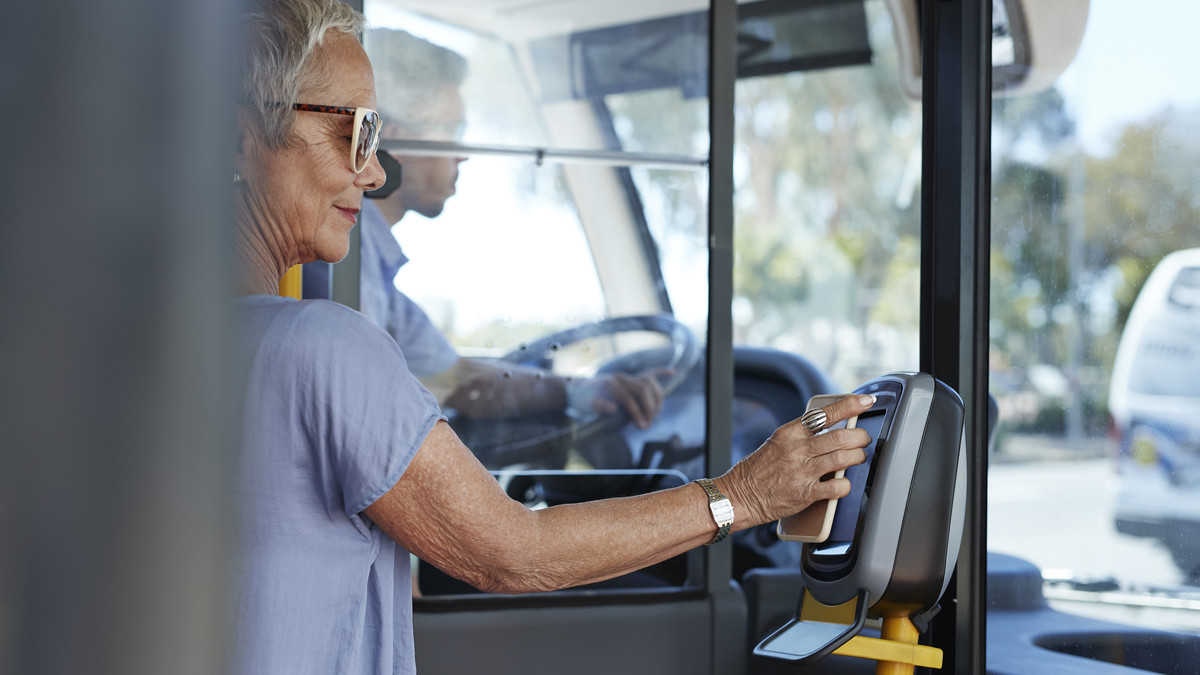The swipe reader on the smartphone of the person taking payments at the farmer’s market. The business person who jumps the line at the coffee shop, picking up the latte she’s ordered and paid for with her phone. Yes, mobile methods are quickly reshaping how consumers purchase things, and how merchants accept payments.
As we continue to evolve from a cash society to one that accepts digital methods of payment, smart merchants will continue to find ways to accommodate their customers’ love of smartphones. The trend to mobile payments is driven by ease of use and convenience, increased security to keep transactions safe, and the automation and streamlining of payment processes.
Here are five mobile trends that will radically shape how merchants accept payments in the years ahead.
1. More in-store mobile and contactless payments
Driven by technology giants including Apple, Samsung, and Google, mobile wallets or digital wallets are increasingly being embraced by consumers to easily pay for things in person or online. They love the convenience, and the security and authentication features, such as not having to enter credit card information on websites and not having to give physical credit cards to cashiers.
While mobile-wallet payments only amounted to $75 billion in 2016, they are forecast to grow to $500 billion by 2020 — or about 80% over five years. Visa reports that already “29% of Americans now make zero weekly purchases with cash, with the percentage of people who use cash for everything dropping from 24 to 18% since 2015.”
At the same time, in North America, contactless payment methods using NFC (near-field communication) technology are following the lead of Europe and continuing to grow. Some research shows that the number of merchants accepting contactless payment methods — including credit and debit cards, and wearable payment devices — could increase 74% over the next couple of years, so that 60% of all merchants will be on board.
2. Increasing demand for mobile point of sale
Mobile-point-of-sale (mPOS) technology frees merchants from legacy in-store payment systems, and their bricks-and-mortar locations, so they can go almost anywhere their customers are and accept payments, including mobile ones and credit cards. Trade shows, concerts, food trucks and more are all fair game.
The mPOS technology can also can make the payment process within the store faster and more flexible, as central checkout areas are replaced by sales staff armed with mPOS devices.
Business Insider predicts that there will be 27.7 million mPOS devices in use by 2021, compared to only 3.2 million in 2014.
3. Biometric authentication on the rise
From fingerprint to face, to iris scans, biometric authentication will continue to grow as a way to authenticate identity for payments. With the growing problem of fraud and identity theft, it will become a more reliable way for merchants to verify the identity of whom they are dealing with.
Industry data suggests that by 2021, we will see more than 18 billion biometric transactions happening every year. Visa Chief Risk Officer Ellen Richey predicts that the growing use of this form of authentication could make the password redundant in as few as five years.
4. Artificial intelligence gets smarter
Artificial-intelligence assistants such as Amazon’s Alexa are already getting us used to employing voice commands to order and pay for merchandise. Relying on these assistants is a trend that’s bound to grow, forcing merchants to think of ways to accommodate AI shopping through their sites. AI will also be used more for cutting-edge fraud detection and defense against cyber-attacks.
5. Social commerce speeds things up
People love to use their phones to scroll through their Facebook, Instagram, Twitter, Snapchat and other social media feeds. So it makes sense for merchants to reach out to their customers through social media and offer them the ability to check out through the social network they are using at the moment, rather than redirecting them to an online store. (The fewer times a customer is redirected or asked to fill out forms, the better your chance of keeping him or her to the end of the purchase.)
The payment process becomes faster and streamlined, especially with chatbot checkouts and autofill helping to speed it up.
Statistics show the viability of social commerce: About 30% of online shoppers say it’s likely they would make a purchase from a social media network, and 60% of Instagram users claim they find new products through the network (so it makes good sense to sell to them directly through Instagram).
At the end of the day, mobile payment methods are all about keeping your eye on a moving target.
This article was written by Dana Salman from Business2Community and was legally licensed through the NewsCred publisher network. Please direct all licensing questions to legal@newscred.com.
![]()



